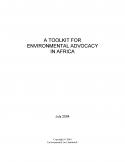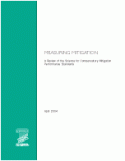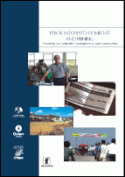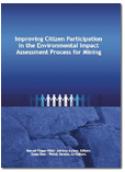
Research Reports
ELI publishes Research Reports available for free download that present the analysis and conclusions of the policy studies ELI undertakes to improve environmental law and policy. These reports contribute to education of the profession and disseminate diverse points of view and opinions to stimulate a robust and creative exchange of ideas. Those publications, which express opinions of the authors and not necessarily those of the Institute, its Board of Directors, or funding organizations, exemplify ELI’s commitment to dialogue with all sectors.
This handbook describes some of the many tools and approaches that Africans can use to promote public health, defend the natural and human environment, and protect human rights.
Read More >Invasive Species Control: a Comprehensive Model State Law provides the statutory framework for a comprehensive state program to detect, control, and manage the threat of invasive species across all taxa. The structure of the model law is based generally on the 17 state tools for managing invasive species identified in ELI
Read More >
This report on mitigation performance standards attempts to capture the status of the peer-reviewed literature on selected biological indicators, abiotic factors, functional assessments, and developmental trajectories to help evaluate the success of compensatory mitigation within a constrained regulatory time frame. Ultimately, this report may provide the background research to help the federal agencies in their development of performance standards and monitoring guidance by 2005.
Read More >
While nations and multinational corporations profit from mining operations around the world, local communities face the resulting negative impacts. Mining communities have begun to exercise their right to prior informed consent to mining operations, despite skepticism in the international community and business world. However, in December 2003, the World Bank’s Extractive Industries Review endorsed prior informed consent for its projects and private projects.
Read More >